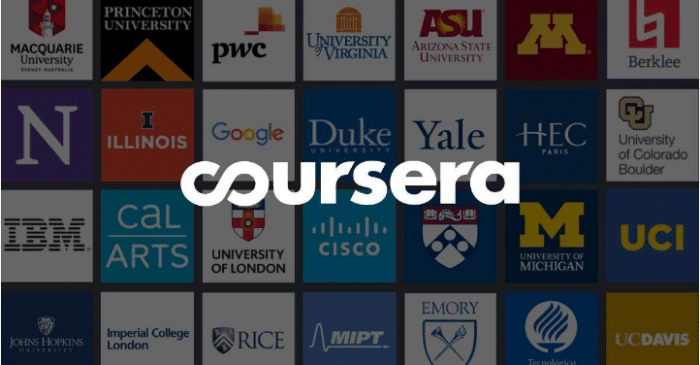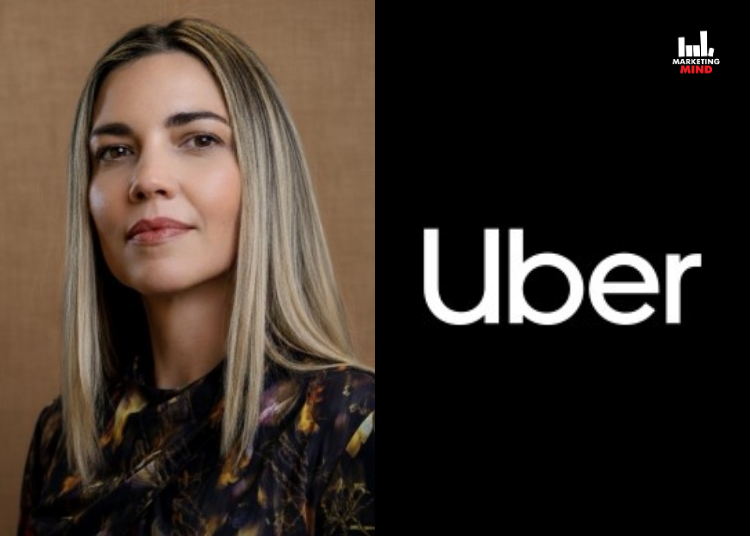Online learning has become quite popular. The pandemic taught us that receiving education need not stop if you can’t step out of your home. And the sheer number of courses available online would tempt anyone to learn something from the comfort of their mobiles and homes!

And here are two global edutech biggies- Udemy and Coursera, who have taken the online learning world by storm. Let’s take a look at how they function and what makes them so successful.
Udemy

Udemy was founded by Eren Bali, Gagan Biyani, and Oktay Caglar in 2010. Today, the brand offers a staggering 1,83,000 courses, with 65,000 teachers teaching in more than 75 languages.
It also offers Udemy Business, with more than 10515 registered organizations in the world that are interested in employees’ growth. It has been successful in converting almost 3.7 million free learners to buyers.
Each course is sold discretely, (barring the Udemy pro Subscription) and users get lifetime access to it. What makes the brand unique is its contemporary and up-to-date content coming from subject matter experts and highly experienced professionals. It also uses machine learning to retain learners, also offering more than 17,700 free courses.
The company went public in 2021 having raised $421 million and being valued at $3.8 billion.
Coursera

Started in 2012, by Computer science professors Andrew Ng and Daphne Koller, Coursera quickly became the go-to place for online learning and even teaching.
The edutech brand offers more than 5300 courses from more than 250 universities. It has a massive base of more than 97 million learners, who are availing diplomas, specialization programs, university degrees, and even certificate programs.
Coursera allows users to ‘stack’ content, thereby allowing flexibility. The brand offers the most pertinent projects and certificates, that are job-based, from companies like IBM, Salesforce, Meta, and Google.
Originally, the edutech platform was absolutely free. However, now revenues are earned from users or consumers who get content at a fixed price and also through providing subscription licenses to university, business, and government customers.
Another source of income is earning by partnering with universities, wherein Coursera earns a percentage of revenue earned by universities.
Similarities and differences

Both brands do not create any courses, thereby functioning as a marketplace.
However, Udemy is an open marketplace. Anyone can create a course on Udemy, making it the largest archive of online courses. Here, knowledge in a variety of fields can be amassed.
On the other hand, Coursera is a consolidated marketplace, where only a few universities like Imperial and Stanford and organizations like Google and IBM can generate courses. This makes it credible with affiliations from universities.
While Coursera is said to be more academically inclined, Udemy offers more vocational courses.
However, both edtech platforms got a boost during the pandemic, where learning online boomed to the maximum and has since been used by millions of learners worldwide.
















